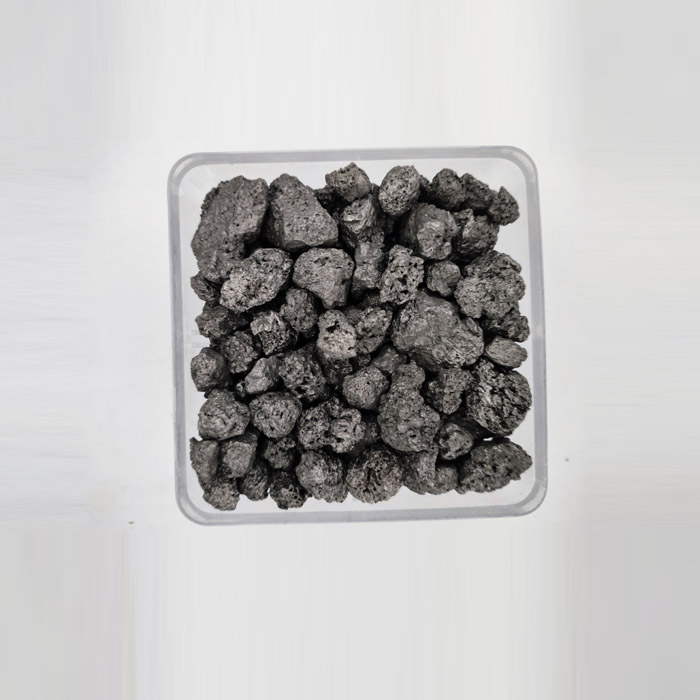Nov . 09, 2024 07:49 Back to list
Top Insulation Materials for Pipes Available in China
Best Pipe Insulation Materials in China
Insulating pipes is a critical component of energy efficiency in residential and commercial buildings. In China, the demand for effective pipe insulation materials has seen a steady increase, driven by rising energy costs, environmental concerns, and the necessity for enhanced comfort in various infrastructures. This article highlights some of the best pipe insulation materials available in China, analyzing their properties, benefits, and suitable applications.
Types of Pipe Insulation Materials
1. Polyethylene (PE) Foam Insulation Polyethylene foam is one of the most popular materials used for pipe insulation in China. This material is lightweight, flexible, and resistant to moisture, making it ideal for both residential and commercial applications. Its closed-cell structure prevents heat transfer, thus maintaining the temperature of the liquids inside the pipes. Moreover, PE foam is available in various thicknesses and can be easily cut to fit different pipe diameters, which simplifies installation.
2. Polyurethane (PU) Foam Insulation Polyurethane foam is known for its superior thermal insulation properties. With a low thermal conductivity, PU foam minimizes heat loss and is particularly effective in industrial settings where maintaining specific temperatures is crucial. In addition to its thermal benefits, polyurethane insulation is also lightweight and resistant to moisture, making it suitable for both hot and cold water pipes. Its durability ensures a long service life, adding long-term value to facilities.
3. Mineral Wool (Rock Wool) Insulation Mineral wool, or rock wool, is a fire-resistant insulation material made from natural or recycled stone. It provides excellent thermal properties and sound absorption capabilities, making it particularly well-suited for HVAC applications. In China, mineral wool is commonly used in industrial pipes that transport high-temperature fluids, as it can withstand extreme temperatures without compromising performance. Additionally, its non-combustible nature adds a layer of safety, particularly in commercial settings.
china best pipe insulation material

4. Fiberglass Insulation Fiberglass insulation is another popular option, especially for insulating large pipe systems in industrial applications. It features a high resistance to heat loss and is widely available in various thicknesses and densities. Fiberglass is particularly effective for high-temperature pipes, as it can tolerate temperatures of up to 540°C (about 1000°F). Its ease of installation and versatility make it a preferred choice for engineers and contractors in China.
5. Reflective Insulation Reflective insulation, which typically consists of layers of foil and foam, is gaining popularity in the Chinese market. Its main advantage is its ability to reflect radiant heat, making it an effective solution for both cooling and heating applications. This type of insulation is especially effective in hot climates, as it helps reduce cooling costs by keeping buildings cooler. It can be used on both residential and commercial pipes, offering a lightweight and easily manageable option.
Benefits of Pipe Insulation
The advantages of using high-quality pipe insulation materials are numerous. Firstly, effective insulation reduces heat loss and prevents condensation, leading to lower energy bills and increased efficiency. Secondly, it provides soundproofing, reducing noise from running pipes, which is particularly beneficial in residential and commercial buildings. Lastly, insulation increases the overall lifespan of piping systems by protecting them from extreme temperatures and moisture, thereby reducing maintenance costs.
Conclusion
In conclusion, the selection of the best pipe insulation material in China depends on various factors, including application, environmental conditions, and budget. Materials like polyethylene foam, polyurethane foam, mineral wool, fiberglass, and reflective insulation each offer unique benefits, allowing for tailored solutions to meet diverse insulation needs. Investing in high-quality pipe insulation not only enhances energy efficiency but also contributes to a sustainable future, aligning with China’s increasing focus on eco-friendly practices in construction and building management.
-
Fe-C Composite Pellets for BOF: Enhance Steelmaking Efficiency
NewsAug.07,2025
-
Eco-Friendly Granule Covering Agent | Dust & Caking Control
NewsAug.06,2025
-
Fe-C Composite Pellets for BOF: High-Efficiency & Cost-Saving
NewsAug.05,2025
-
Premium Tundish Covering Agents Exporters | High Purity
NewsAug.04,2025
-
Fe-C Composite Pellets for BOF | Efficient & Economical
NewsAug.03,2025
-
Top Tundish Covering Agent Exporters | Premium Quality Solutions
NewsAug.02,2025
